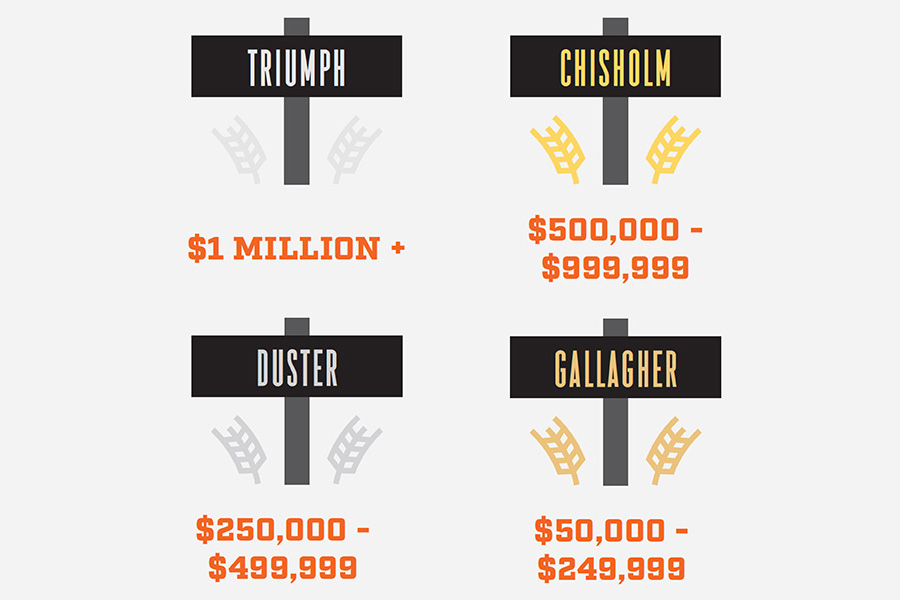Agronomy Discovery Center
Innovative Research
Wheat Improvement Team
By the NumbersOSU Wheat
Outdated Obstacles
Modern Movement
Better Wheat for Tomorrow
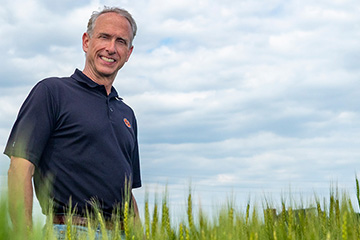
"When products of the wheat breeding program — 1-2 new varieties per year — stand a better chance against nature than the facilities used to create them, then we know it's time to upgrade. Investments like this do not merely produce a wheat for today; they ensure a better breed of Oklahoma wheat for tomorrow."
OSU Regents Professor & Wheat Genetics Chair
Agronomy Discovery CenterOSU Agriculture is embarking on a multi-phased plan to create the Agronomy Discovery Center as part of the Agronomy Research Station.
Headhouse & Greenhouses
Updated and new facilities will bring a vitality and competitive edge to teaching, research and Extension initiatives at the university. Early focus will prioritize creating a new headhouse and research greenhouses, which will become the birthplace of all of OSU's new wheat lines.
Growing Momentum
Facilities for the Future
Join us as we celebrate our legacy of innovation with plans for the future.Together, we will ensure OSU Agriculture remains at the forefront of discovery.
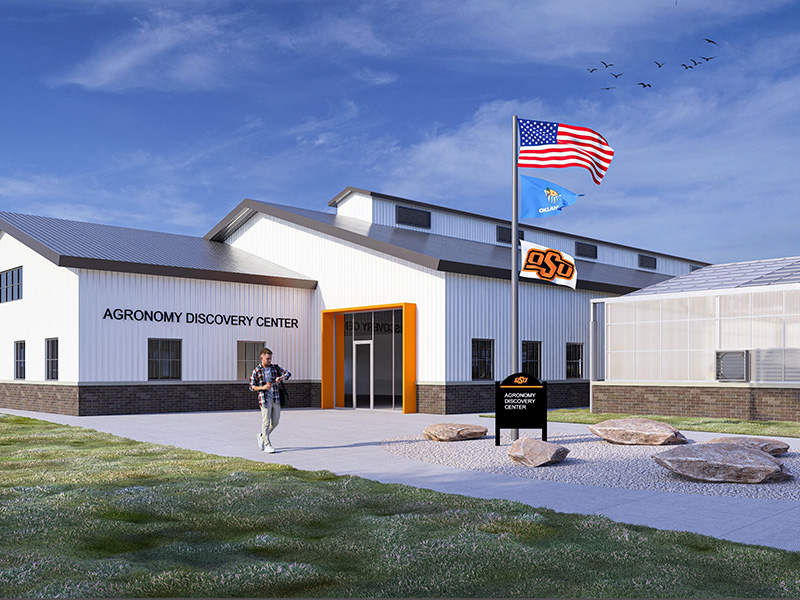

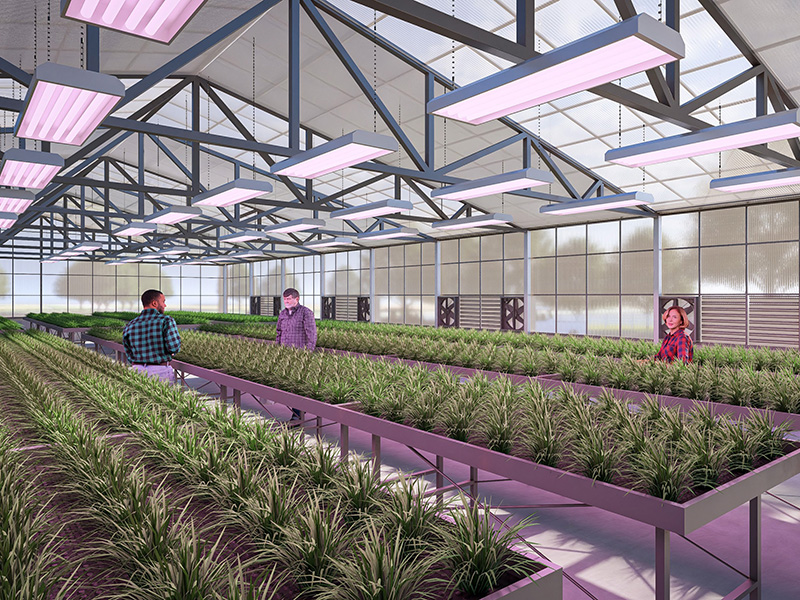

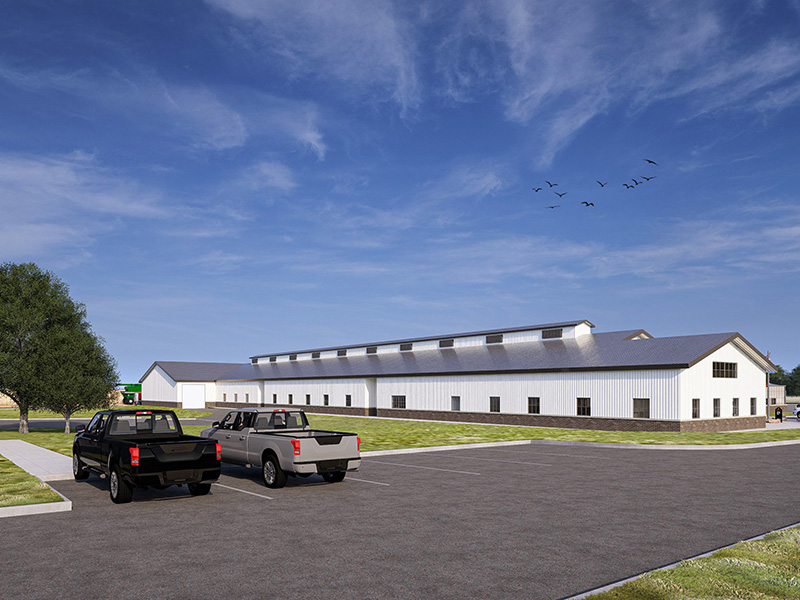

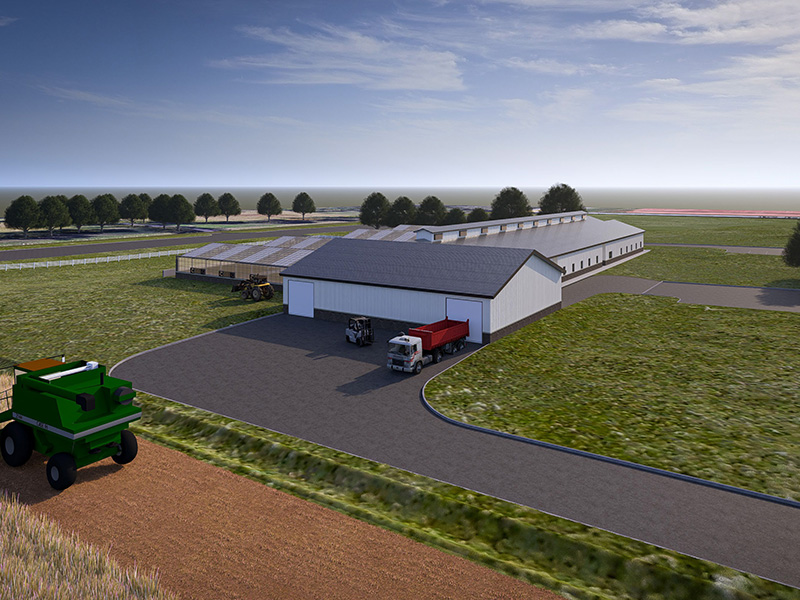

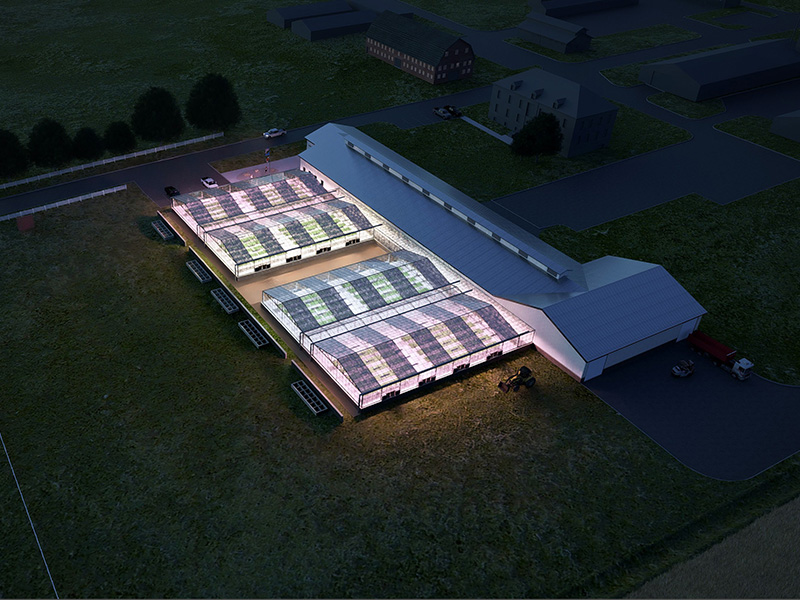

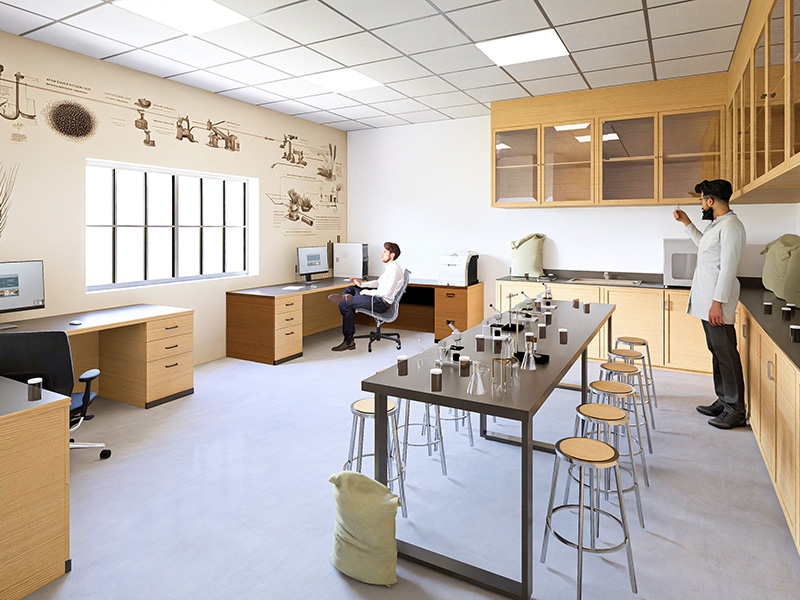

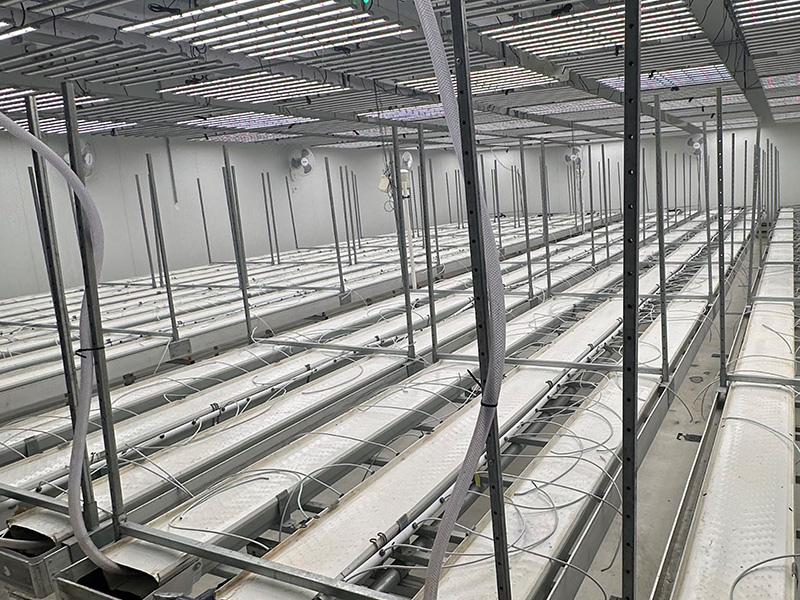

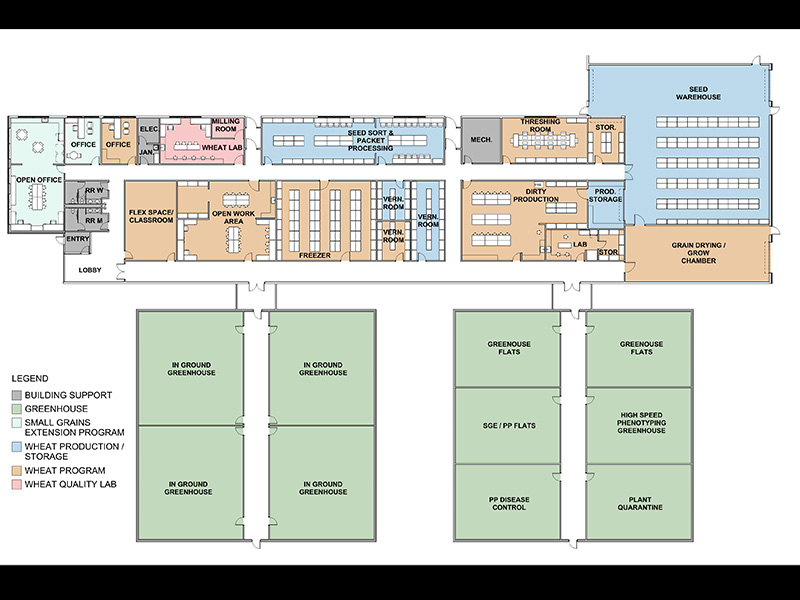

Needs and Opportunities
The university has approved early funding for the Agronomy Discovery Center and will rely on private gifts to support this transformation. Architectural planning is underway, and donors who document their commitments early will have the first right of refusal for naming opportunities. Gifts may be made at four different levels: Triumph, Chisholm, Duster or Gallagher.
Agricultural commodity donations are an additional way to invest and qualify for the campaign. Individuals may contact the OSU Foundation and consult their tax advisors to understand potential benefits.
